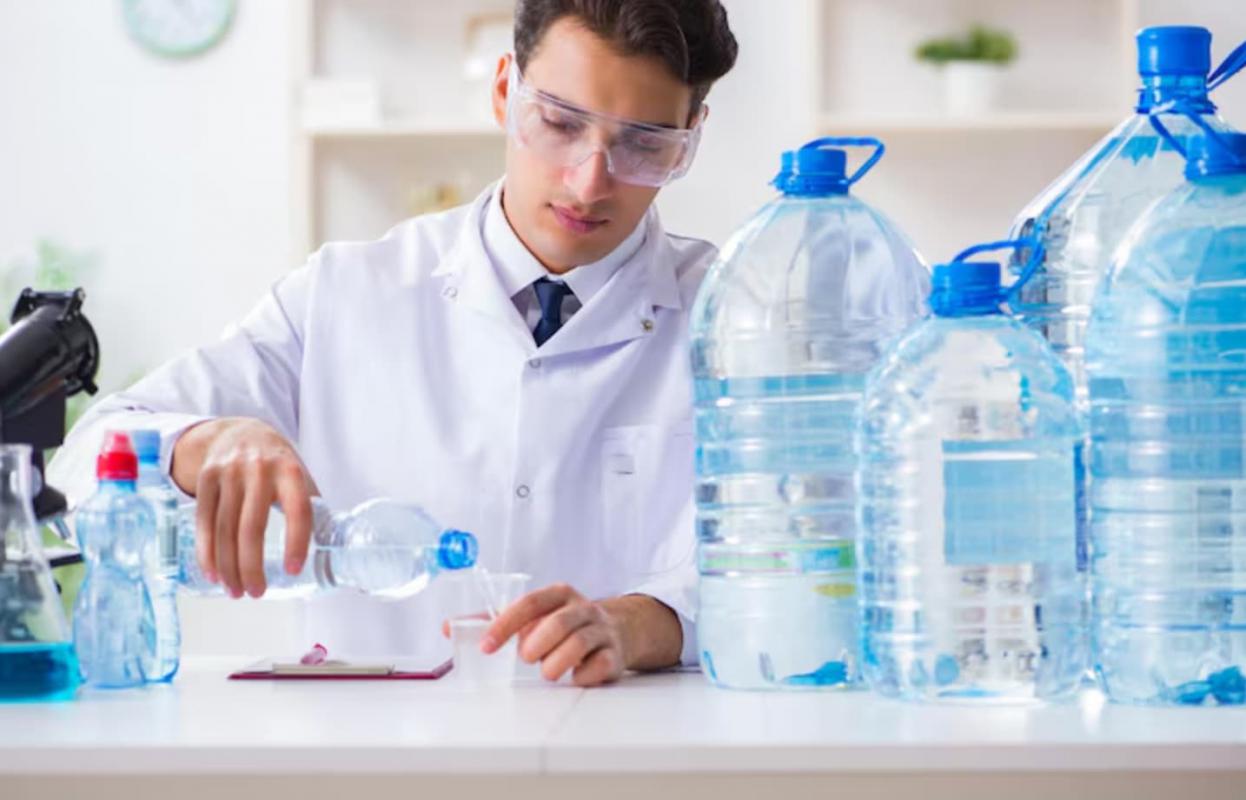
Effect of UV Radiation on Polymer Degradation in Bottled Water Containers
Effect of UV Radiation on Polymer Degradation in Bottled Water Containers
Contents
One of the most critical factors determining the safety of bottled water is the resistance of the plastic packaging material to UV radiation. Especially in PET bottles, UV-induced polymer degradation can alter both the physical and chemical structure, directly affecting water quality.
How Does UV Radiation Affect Polymers?
UV rays cause chain scission in polymer structures, leading to reduced mechanical strength. This can result in color fading, surface cracks, and even the release of harmful substances into the water. Therefore, conducting a food UV test is essential to ensure safety during shelf life.
Common Signs of PET Degradation
- Loss of transparency
- Cracks or brittleness
- Unusual taste or odor in water
- Yellowing or discoloration
How Is UV Stabilization Achieved?
Manufacturers often add UV stabilizers to plastics like PET. However, as their efficiency decreases over time, regular PET UV degradation testing is highly recommended.
Our Laboratory Testing Methods
At TTS Laboratory, we apply internationally accredited methods to evaluate UV-induced polymer aging. These assessments help ensure product safety for both producers and consumers.
The durability of plastic bottles against UV radiation directly impacts bottled water quality. Therefore, conducting UV resistance testing is crucial both before and after production. To secure the quality of your products, benefit from our food UV testing services.
Frequently Asked Questions
Does UV affect bottled water?
Yes, UV exposure can cause the plastic to degrade and potentially contaminate the water.
What does a food UV test measure?
It determines the resistance of packaging materials to UV exposure, ensuring product safety.
What methods are used at TTS Laboratory?
Accelerated aging under UV light, migration testing, and visual evaluations are conducted.

